At one time, Saab AB’s market research department has put a lot of effort into identifying a typical Saab buyer/owner. One of the last such researches in a series was conducted and coordinated by Magnus Hansson, head of Global Products in Saab Cars at that time.
Research shows that a typical “Saabista” or “Saaber” (Saab fan) is a person interested in development and social change. Authenticity and brand recognition is the primary factor when they choosing a product. This can be seen, for example, in the evaluation of the Saab 9-5ng, when the design is referred to as “Swedish” and some interior solutions are criticized as insufficiently real and satisfactory.
A typical Saab fan is less conservative than a Mercedes owner and has less need to impress than a BMW or Audi owner.
Buyers of car brands are defined by earnings and the presented values. The higher the earnings, the higher the degree of emotional value of the product plays a decisive role in brand selection.

Mercedes customers belong to an economically strong group with traditional values. They are conservative traditionalists. Things are to be what they have always been. BMW customers are a group of socially advancing people. People who want to show that they have “a-good-handling” cars. Through the brand, they want to emphasize that they do not belong to the group they come from. They were promoted through education and jobs.
In this research, the typical Saab owner is a man with liberal economic views. Very decent earnings, definitely more positive social views and more open to technical novelties than a Mercedes owner. Saab fan does not feel the need to show that he owns a luxury car. This group also includes Volvo and Audi owners, but Audi owners are moving towards “social elite”, that is, more towards BMW.
Of course, the features defined in the study are not typical for the group of owners as a whole, but the listed features dominate the group so strongly that we can talk about characteristic features.
The Saab group – much like the Apple group – feels a strong need for the authenticity of the product, which is why it has reacted so strongly and negatively to GM’s product standardization. This resulted in a decrease in sales. If the then-independent Saab Cars had managed to return to its roots some 10 years ago, it would have better cultivated the brand’s authenticity and originality, and all of that might lead to better market success. But we can only guess now.
According to estimates at the time, Saab did not need to produce and market millions of products, about 125,000 cars a year were enough (according to some estimates, 125,000 a year for it to exist and grow).

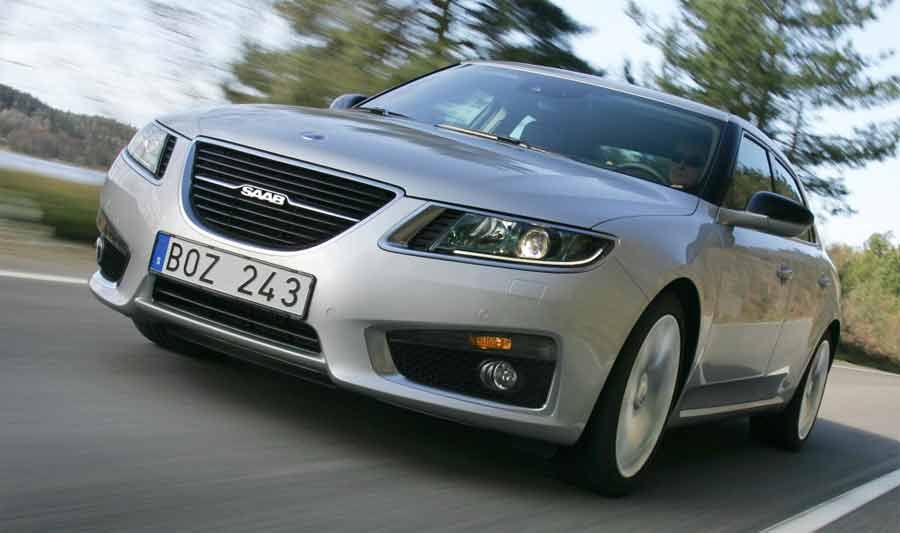
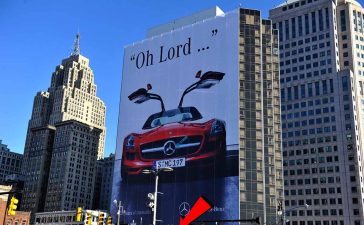
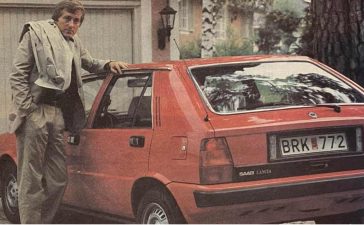

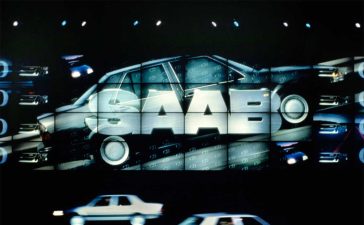


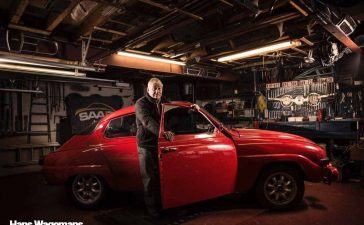



interesting that 125,ooo units could be profitable, maybe Lotus will head that way, maybe SAAB will come again…. it’s definitely a challenge without them….
The Saab company, which produces a huge number of different products, including trucks and other vehicles, can always opt for the reincarnation of the Saab car brand …